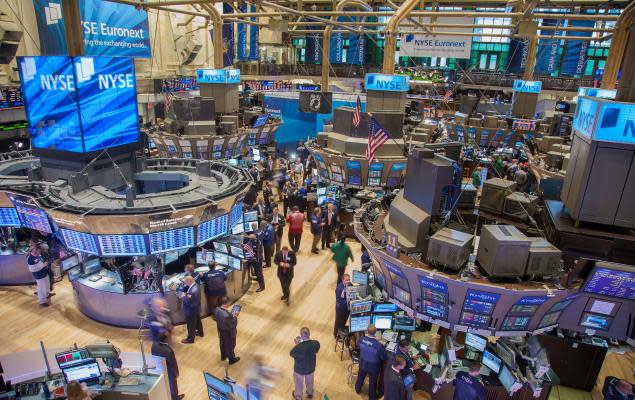
Stocks struggle as the dollar approaches a two-year high
As investors wagered that the gap between growth in the U.S. and other countries will widen, the dollar stayed close to a two-year high against a group of peers on Friday. Meanwhile, Chinese blue chips saw their largest weekly decline since 2022.
On Thursday, the euro dropped to $1.02248, its lowest level since 2022, while the dollar index, which measures the value of the currency against a basket of six other currencies, reached its highest level since November 2022. Both the Japanese yen and the pound were at multi-month lows.
The market sentiment was dominated by the dollar’s sustained rise, even if the euro and pound were both little stronger at $1.0280 and $1.2392, respectively.
When European central banks are expected to continue lowering interest rates, investors wagered that President-elect Donald Trump’s policies would spur growth and inflation, which would result in fewer additional rate cuts from the Federal Reserve and higher yields on U.S. Treasuries. As a result, the U.S. currency surged late last year.
The dollar has continued to rise due to growth concerns worldwide, even if U.S. Treasury yields have dropped from their late December highs. The benchmark 10-year Treasury yield was last at 4.549%, down 2 basis points on the day.
“We believe pressure is being added by the rise in (gas prices) caused by Ukraine’s pipeline shutdown, in addition to the implications of expected U.S. protectionism under Trump,” said Francesco Pesole, currency analyst at ING.
“The pound was the worst performer yesterday, and it is probably not a coincidence that GBP is the most negatively correlated with gas in the G10,” he stated.
With declining temperatures, less gas in storage, and the end of a decades-long agreement for Russia to export gas to Europe through Ukraine, wholesale gas prices in Europe are at their highest point in more than a year. NG/EU
This presents a new challenge for European equities (.STOXX), which saw a 0.3% decline on Friday, reversing gains from the day before, despite increases in oil and gas shares. (.SXEP), a new tab opens
The late Thursday decrease in the U.S., whose benchmarks closed the day mostly lower, was partially offset by Friday’s decline in European stocks. After the business announced its first yearly decline in deliveries, shares of Tesla (TSLA.O) fell 6.1%.
On Friday, however, the S&P and Nasdaq futures were both up about 0.4%.
Ben Bennett, the Asia-Pacific investment strategist at Legal and General Investment Management, stated, “Equities have had a difficult time at the beginning of the year, but odd things can happen in illiquid markets.”
We shouldn’t extrapolate this performance, in my opinion. Nevertheless, sentiment will be impacted moving ahead by a stronger currency and higher bond yields, and equities investors will be hoping that this improves quickly.
China’s concerns
Investors are also quite concerned about China’s growth. This week, the nation’s blue-chip index (.CSI300) saw its largest weekly decline since October 2022, falling 5.2%.
A combination of declining Chinese rates, rate-cut expectations in the face of a strong U.S. currency, and the fear of tariffs from the incoming Trump administration also caused China’s yuan to plummet over the 7.3 per dollar technical level to a 14-month low.
Yields have dropped sharply as investors turn to government bonds for safety. The yields on 10-year and 30-year government bonds each dropped by 3 basis points to hit all-time lows.
The mood was not improved by China’s statement that it would significantly expand funding from ultra-long treasury bonds in 2025 to encourage company expansion and consumer-boosting programs.
South Korea’s finance minister, who was named acting president last month, stated that he is still committed to stabilizing the nation’s financial markets, which is why shares there increased (.KS11) after five sessions of falls.
In commodities, U.S. crude fell 0.45% to $72.8, while Brent crude oil futures declined 0.33% to $75.67 a barrel.
Following a 27% increase in 2024—its best yearly performance since 2010—gold remained stable at $2,655 per ounce.
All Categories
Recent Posts
Tags
+13162306000
zoneyetu@yahoo.com



